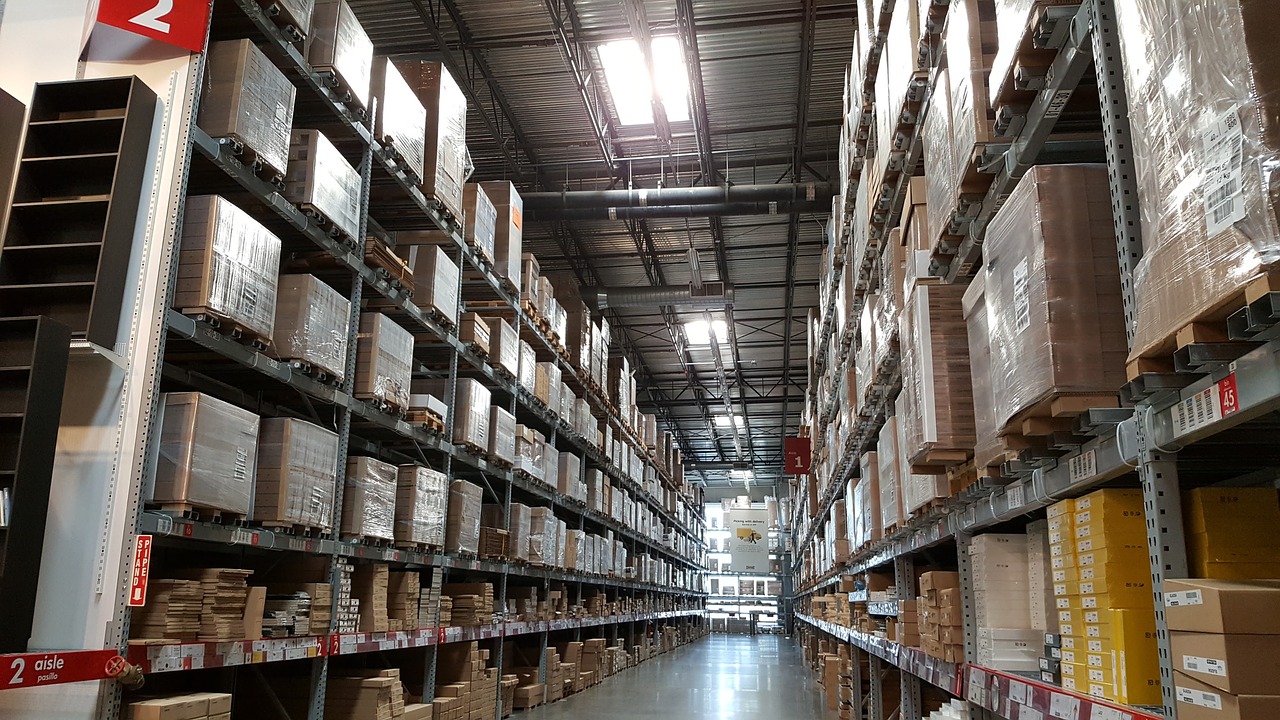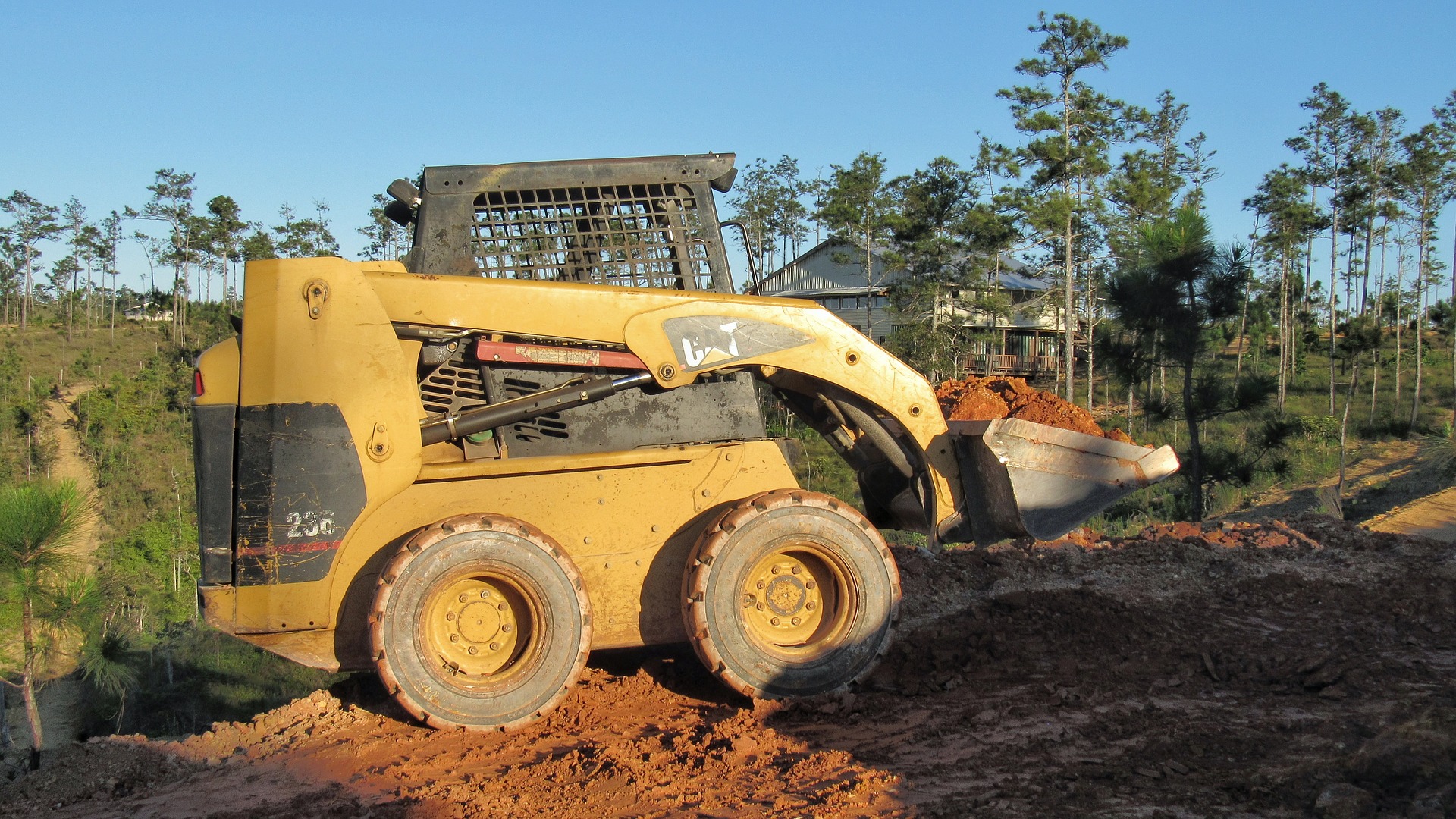Recent years have seen an explosive growth in e-commerce industries and tech progress in general, and this has forced some dramatic changes in the way warehouses are being constructed. When the pandemic conditions took over, online shopping numbers shot through the roof, putting even more pressure on the warehousing industry to stay ahead of the dizzying demands.
Many sectors have suffered considerably at the hands of Covid-19, but the warehousing industry certainly hasn’t been one of them. Millennials and modern consumers have developed online shopping habits that have created the need for sizable changes to the approach to warehouse construction in recent times. These changes have accelerated dramatically in the last year, as the world has adapted to a global crisis that has forced them to stay and shop from home.
No longer simply a storage and distribution facility, the modern warehouse is required to be a finely tuned logistical hub, carefully designed and constructed to ensure that the supply chain’s every branch is ultra efficient.
Here are 4 ways that the construction of warehouses has changed with the times.
They are growing in size
It was once rare for a warehouse to be more than a small facility that focused only on receiving and shipping goods. These days, warehouse spaces are fast becoming high tech, fully automated processing centers. Dodge Data and Analytics reported that between 2010 and 2018, total warehouse construction starts went up from 49 million square feet to a whopping 283 million square feet – a growth of almost 30 million square feet per year.
Global giant Amazon is one of the largest contributors to this immense growth, operating around 250 million square feet of warehousing distribution real estate. This network of Amazon warehouses include six different building configurations averaging between 600,000 and more than one million square feet. These e-commerce titans are certainly highlighting the importance of warehouse scale when it comes to achieving a monstrous bottom line.
They are city-bound and building up
Rural areas were once considered the prime locations for warehouses – without complex infrastructure and dense populations creating difficulties for truck fleets to navigate. Now though, with millennials demanding faster shipping times and direct-to-consumer services, this demographic is representing the most significant driver of e-commerce growth and creating the need for warehousing industries to rethink their models.
There has been an increasing demand for smaller warehouses with space that spreads upwards instead of outwards, and major cities the world over have experienced this shift in needs. This is a particularly useful approach to satisfy the trend of last-minute fulfillments, the demand for which has steadily grown along with the modern expectations of same-day delivery and lightning-fast shipping services. These multi-level facilities are often renovations of existing urban structures as opposed to completely new builds.
Stafford Starner, President of SJF Machine Handling Inc., says that last-minute fulfillment shipping has prompted the need for multi-level warehouses, which has consolidated the vertical trajectory of future industrial development. He says, “The boom in e-commerce has resulted in an ever-increasing demand for industrial facilities to be located in urban areas, forcing the evolving sector to look to multi-storey developments instead of the traditional, spread out one-level designs of days gone by.”
They are all about cold storage
According to data published by CBRE, as much as 100 million square feet of warehousing cold storage space will be required to keep up with the intensely growing demands for grocery deliveries and online meal kits over the next five years. In fact, food is expected to become the next significant industry disrupter.
Protecting food in transit is a tricky business, and perishables require specialized handling. It can be a costly and difficult exercise to maintain the cold supply chain all the way from the warehouse to the consumer front door. It can also cost up to four or five times more to build a food-equipped industrial building than a traditional warehouse facility. Extra-strong roofing is required to support the heavy-duty cooling systems and the need for specialized flooring that can maintain cooling systems below ground are just some of the huge considerations.
That said, online trends are strongly predicting a significantly increased need for facilities that cater for cold storage. These trends are signalling an expansion of the sector that will inevitably force any serious players to either invest heavily in the necessary equipment and infrastructure or step aside and let the big guns take over the market.
They are prioritizing amenities
As e-commerce continues to grow and drive demands for more industry employees, the need to remain competitive when it comes to being an attractive employer to work for has never been greater. Comfortable, modern amenities for warehouse employees have never attracted such attention, with granite kitchen benchtops, lounge areas, flat screens, and fresh food vending machines just some of the common new additions designed to improve the employee experience. Similarly, there is an increased need for automation in the warehouse and for better warehousing equipment such as wide-lok wide span shelving and cantilever racks for heavy-duty storage shelving.
Despite numerous expert predictions that automation was set to drastically reduce the warehousing workforce, many companies are experiencing quite the opposite, and focusing on employee retention is key to further protecting the bottom line.
The immense changes that the warehousing industry has experienced in recent times, as well as the pressure to remain competitive when it comes to technological changes has created significant challenges. So far, the sector has met those challenges, evolving with adaptations to warehouse design and construction that is keeping them ahead of the ball, just.







